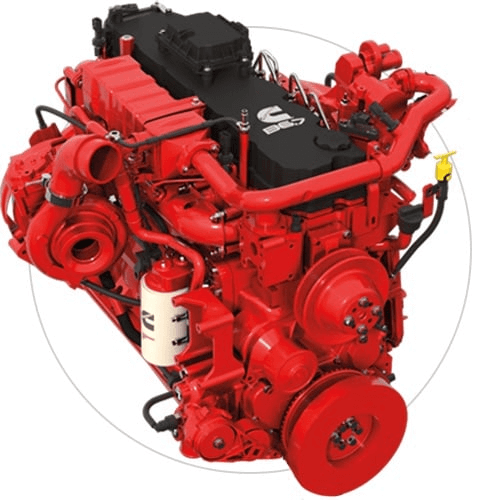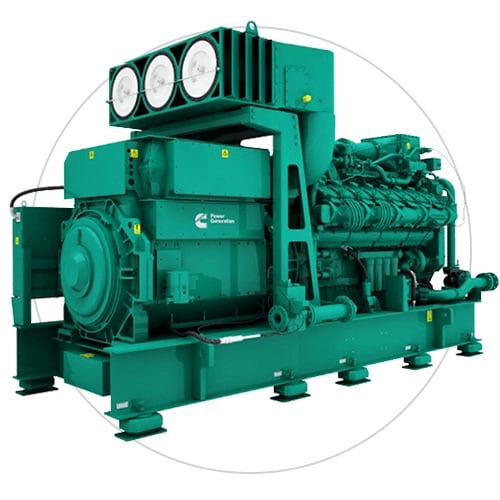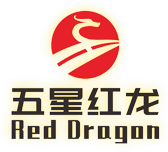Tag: cummins generator; cummins 4bt; bus body parts; steam engine
On February 3, 1919, Cummins Engine Company was officially founded. Mr. William Glanton Erwin, a successful banker and investor in Columbus, Indiana, USA, provided the start-up capital. The founder, who shares the company's name, Cressy Lyle Cummins, was a self-taught mechanical inventor. At an early age, Cressey developed a keen interest in machinery, particularly engines, and in 1908, Mr. Erwin hired him as a chauffeur and to take care of the maintenance of automobiles, subsequently helping him to establish his own garage. During World War I, Cressey operated a machine shop, and thanks to the cooperation with the federal government, Mr. Cressey's business grew very rapidly. In the 1890s, Rudolf Diesel invented an engine technology with much better fuel economy and durability than the average engine, and Cressey was intrigued and planned to put it into mass production.

In 1933, Cummins introduced the Model H engine. This engine was powerful and suited to the needs of the transportation industry, and it became Cummins' most successful engine line. At the same time, Cummins hired outstanding executives, including John Niven, an experienced manager; Paris Wrightsinger, who single-handedly created Cummins' customer- and agent-oriented marketing system; V.E. McMullen, who put the company's operations on a modern track; and Joseph. Erwin Miller, Mr. Erwin's great-nephew, who served as Cummins' general manager since 1934. Over the next 40 years, Mr. Erwin Miller led Cummins Inc. to become a well-known international company. Cummins made its first profit in 1937 through quality products and a unique nationwide service system, and in 1940, Cummins introduced a 100,000-mile warranty, the first of its kind in the engine industry.
In 1970, the U.S. government passed the Clean Air Act, which set strict new exhaust emission limits for diesel engines. In the early 1970s, a worldwide energy crisis and "economic stagnation" swept through the U.S., affecting Cummins and reducing its earnings, and the Columbus Diesel Workers at the Columbus Diesel Union went on strike during the first lengthy labor dispute in Cummins' history. But the strike raised worker responsibility, uncovered new flexible market approaches and brought about other labor management changes that caught the attention of industry. However, the expansion of several businesses in which the company invested in other unrelated areas was not successful; Cummins sold these joint ventures within a few years and returned to its core business, diesel engines.

Like other major U.S. industries, Cummins encountered intense global competition in the 1980s. To meet the new challenges, Cummins management launched a series of corporate reorganization plans and spent $1.3 billion to build new plants, add new equipment and develop new models.
By the mid-1980s, Cummins had developed a product line that featured a number of new models. In North America, the L10 engine strengthened the company's position in the heavy-duty automotive engine market, while the new B and C series gained significant share of the non-vehicle and light-duty markets. Overseas, Cummins offered new equipment to customers and signed new license production agreements in Korea, Turkey, Indonesia and elsewhere.
In the early 1990s, Cummins began expanding into other international markets, establishing major production plants in Japan, China and India. Of course, expensive investments and competitive price reductions in the 1980s reduced profits significantly, but the company retained its market and was well prepared for more intense competition in the next century.
In the early 1990s, Cummins began expanding into other international markets, establishing major production plants in Japan, China and India. Of course, expensive investments and competitive price reductions in the 1980s reduced profits significantly, but the company retained its market and was well prepared for more intense competition in the next century.





 English
English
 English
English Français
Français Deutsch
Deutsch Pусский
Pусский Español
Español العربية
العربية ไทย
ไทย עברית
עברית 中文
中文 Português
Português






 IPv6 network supported
IPv6 network supported